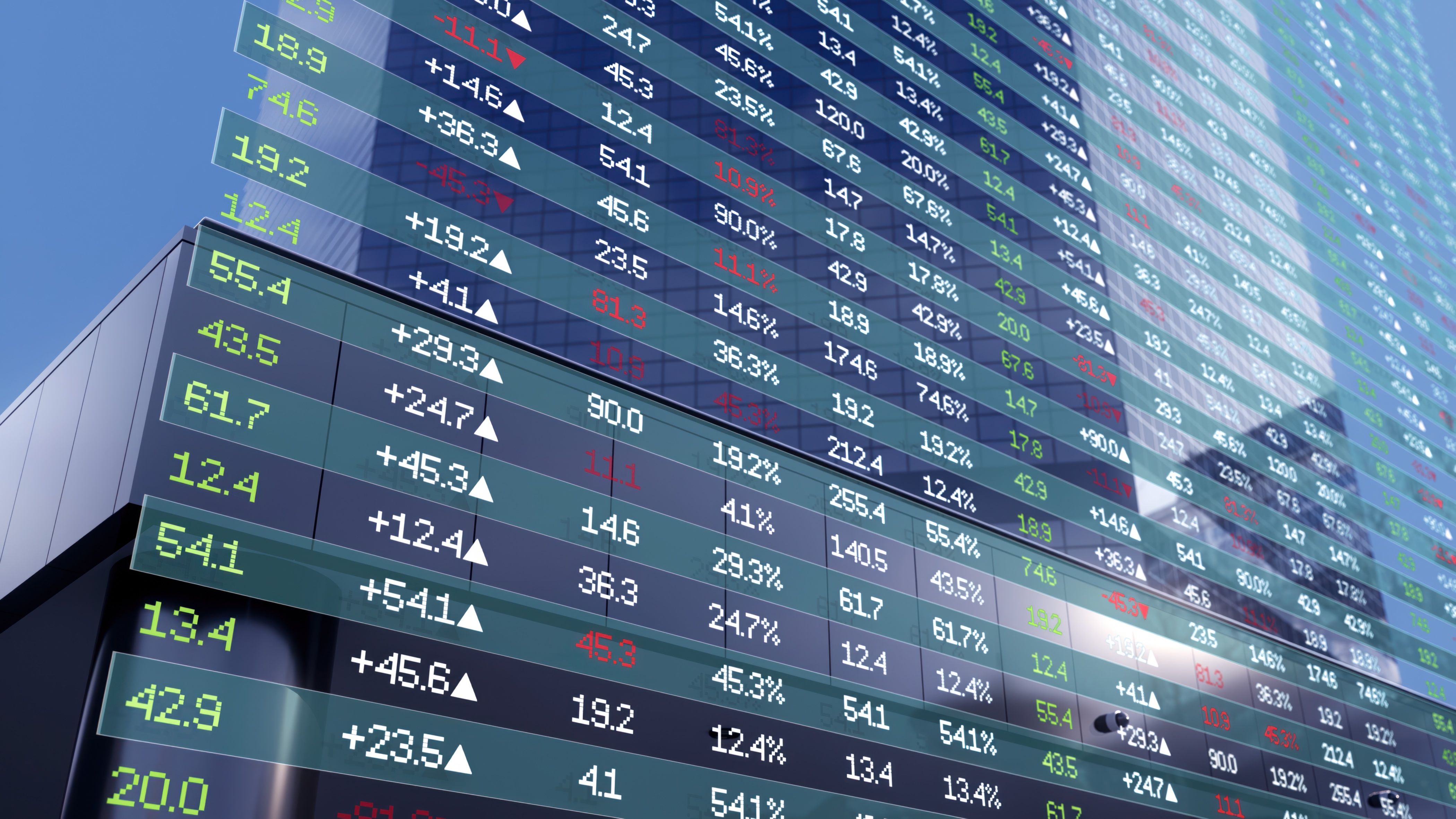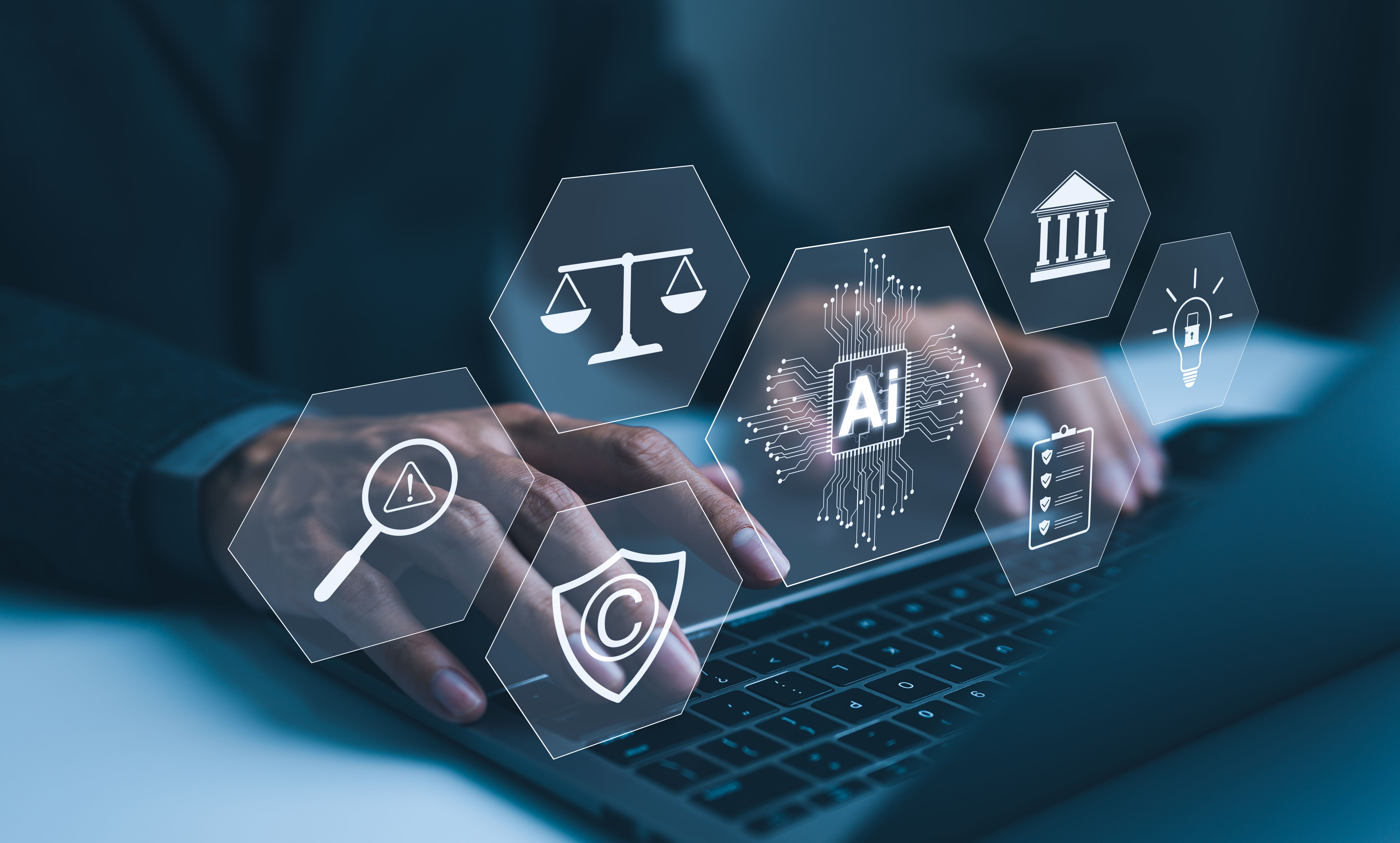Robinhood's Leap into Web3: Exploring Layer-2 Blockchain and Stock Tokenization
Understanding Robinhood's Web3 Evolution
As the digital landscape continues to evolve, Robinhood, a pioneer in commission-free trading, is making significant strides into the realm of Web3. This move marks a bold step forward in the integration of blockchain technology with traditional financial systems. Robinhood's venture into Web3 is focused on enhancing its platform with the incorporation of Layer-2 blockchain solutions and the tokenization of stocks, offering users a glimpse into the future of trading.
Web3, often referred to as the decentralized web, promises a new era of internet functionality, prioritizing user autonomy and decentralized control. Robinhood's commitment to exploring these technologies signifies its dedication to staying ahead of financial trends and providing cutting-edge solutions to its users.

The Role of Layer-2 Blockchain
Layer-2 blockchain technology is instrumental in overcoming the scalability issues often associated with traditional blockchains. By utilizing this technology, Robinhood aims to enhance transaction speeds and reduce costs, which are critical for maintaining a seamless user experience in a growing market. The adoption of Layer-2 solutions will enable Robinhood to process numerous transactions simultaneously without congesting the network.
These improvements are not just about speed and cost-efficiency; they also enhance security and user privacy. By offloading the majority of transactions to a secondary layer, the primary blockchain remains secure and less prone to attacks, while still providing transparency and accountability.
Exploring Stock Tokenization
Stock tokenization is another innovative aspect of Robinhood's Web3 strategy. Tokenization refers to the conversion of physical or digital assets into digital tokens on a blockchain. In the context of stocks, this means that traditional shares can be represented as digital tokens, making them more accessible and easier to trade across global markets.
This approach not only democratizes access to stock markets but also facilitates fractional ownership, allowing more investors to participate in equity markets without needing substantial capital. Moreover, tokenized stocks can be traded 24/7, breaking free from traditional market hours and providing greater flexibility to traders worldwide.

Impact on Users and the Market
For Robinhood users, these advancements mean a more efficient and versatile trading experience. By embracing Web3 technologies, Robinhood is poised to offer enhanced services that cater to the needs of modern investors who demand speed, security, and accessibility. This shift could also attract a new segment of tech-savvy investors interested in decentralized finance (DeFi) and blockchain innovations.
The broader financial market is also likely to feel the impact. As more companies adopt similar technologies, we can expect increased competition and innovation within the industry. This could potentially lead to reduced fees, improved services, and more options for investors globally.
Challenges and Considerations
Despite the promising outlook, Robinhood's journey into Web3 is not without challenges. Regulatory hurdles remain a significant concern as governments and financial authorities grapple with how to oversee blockchain-based assets. Ensuring compliance while innovating will be a balancing act for Robinhood as it navigates this new terrain.
Moreover, educating users about these new technologies is crucial. As Robinhood integrates these advanced features, providing clear and accessible information will be vital to ensure users can fully leverage the benefits while understanding potential risks.

The Future of Trading
Robinhood's leap into Web3 marks an exciting chapter in the evolution of financial services. By combining traditional trading methods with cutting-edge blockchain technologies, Robinhood is setting a precedent for how platforms can innovate while still serving their core mission of democratizing finance.
As we look ahead, it will be fascinating to observe how these developments unfold and influence both consumer behavior and market structures. Robinhood's foray into Web3 might just be the tip of the iceberg for what’s possible in the intersection of finance and technology.
Robinhood's Web3 Integration: Robinhood unveils plans for a new Layer-2 blockchain and stock tokenization push, with its acquisition of Bitstamp playing a key role.
